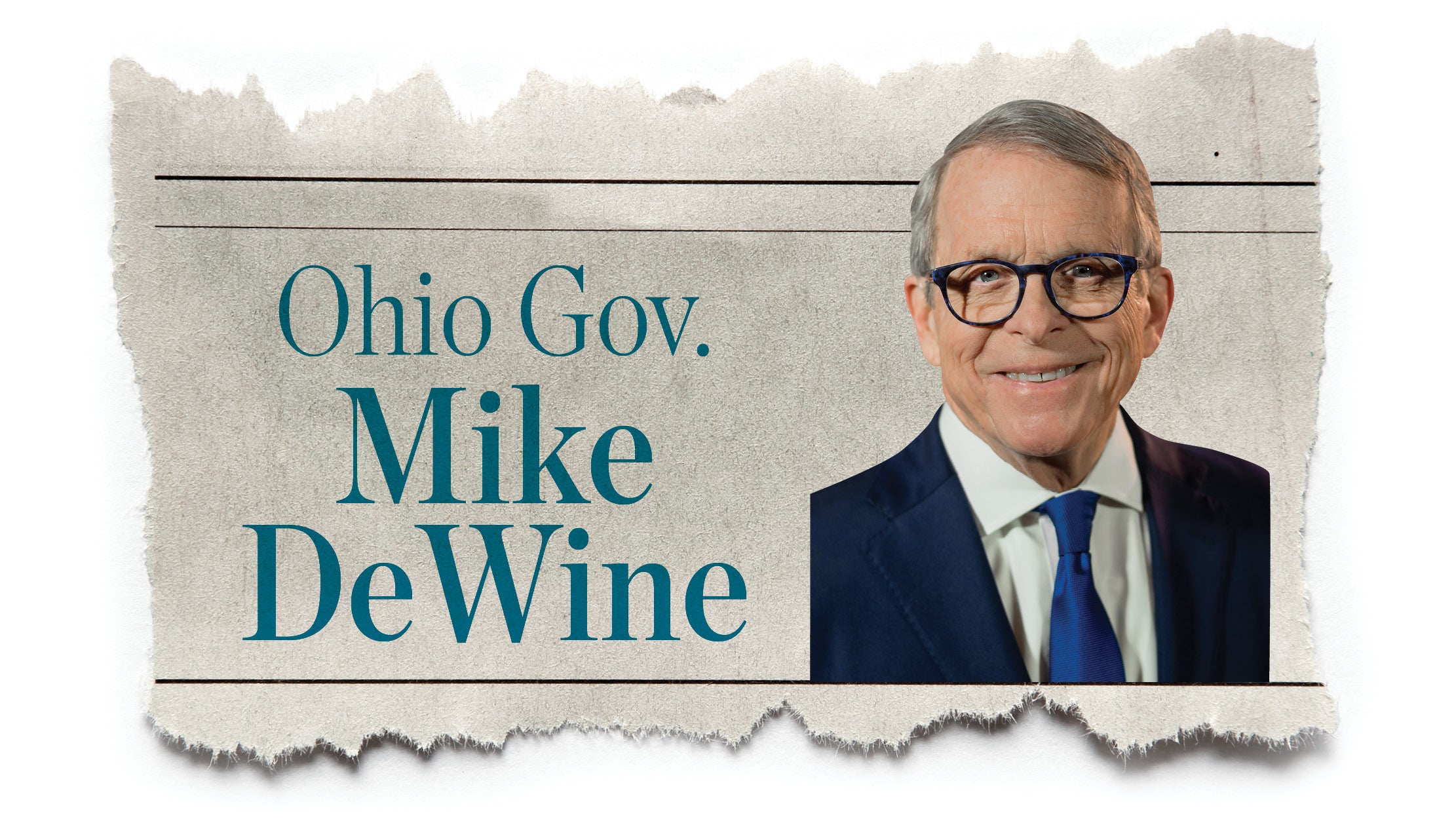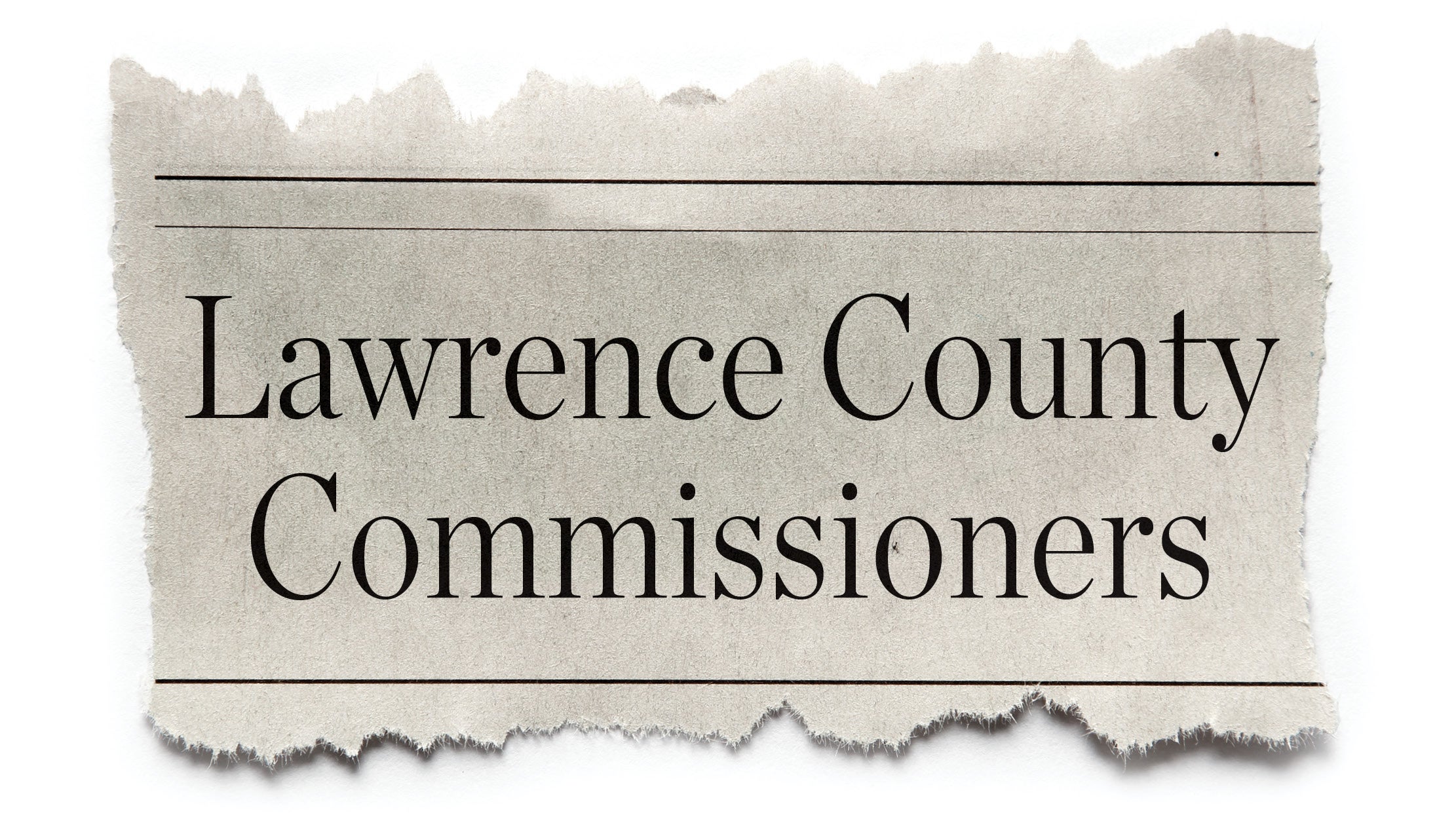Flag Feud
Published 11:05 am Friday, May 15, 2009
A behind-the-scenes dispute concerning one organization’s desire to march in the Ironton Lawrence County Memorial Day Parade has left a representative of the group crying foul.
A local chapter of the Sons of Confederate Veterans, a national organization whose stated mission is to preserve the legacy of those who fought for the South in the Civil War, requested a few months ago to march in the parade. It is the longest-running continuous parade honoring that holiday in the country, organized in 1868, and attracting tens of thousands year after year.
On April 17, Sons of Confederate Veterans, 5th Kentucky Infantry Camp 2122, received a letter from Arthur J. Pierson, parade grand marshal, rejecting the group’s request to participate in the parade, without giving any reason why.
“Your parade request for SCV, 5th Kentucky Infantry camp #2122 has been considered and NOT APPROVED,” the letter stated.
Dale Dickerson, 2nd Lt. Commander of the Kentucky Infantry, said the organization wanted to march “to memorialize the service of Confederate veterans,” also noting that there are descendants of these veterans living in the Tri-State.
“I am all for the Memorial Day Parade,” he said. “I feel it is a shame the Confederate veterans are being excluded.”
The local Sons had wanted to march in the parade with a color guard that would feature two Confederate flags – the Kentucky rebel flag and the rebel battle flag— and two motorcycles.
However, it’s those flags with their blue cross bars across a field of red that has put up a red flag of its own with parade organizers.
“I told him the reason was because when he applied for an application they flew flags of the Confederacy,” Pierson said. “That wouldn’t be right to fly the Confederate flag. To me there is only one flag, the United States flag.”
Pierson said he was also concerned about the organization’s wearing the Confederate uniform and other such memorabilia. Pierson said no one from the Sons spoke with the committee in person and that the decision to ban the group was made by Pierson, the committee president, Brent Pyles, and treasurer, Ella McCown.
Calls made to Pyles and McCown at their homes were not returned.
“I think that it was not a good idea in this town,” Pierson said. “We have turned away others for different reasons. It is according to what they want to put in. If it is contradictory, we don’t need that problem. This parade is for veterans.”
The holiday traces its roots back to the post-Civil War era when John Logan, commander of the Grand Army of the Republic, ordered on May 5, 1868, that flowers be placed on the graves of both Union and Confederate soldiers at Arlington National Cemetery.
“It was to honor the soldiers who had died in the Civil War,” said Deborah Marinski, assistant professor of history at Ohio University Southern.
At first, the holiday was called Decoration Day. Later it became known by its current name and was originally observed on May 30. It wasn’t until 1890 that all the northern states recognized Decoration Day and it took the southern states longer to follow suit. In fact, there were southern states that had their own day of remembrance and still do.
“In 1971, Congress passed the National Holiday Act, which basically made Memorial Day the last Monday of May,” Marinski said. “Now it is for any soldier male or female who has died in service of their country. That came after World War I.”
Dickerson’s account of the dispute has been detailed in an informal memo to its members.
“The Camp, along with all our Confederate ancestors and all Confederate solders have been insulted,” the memo states. “The parade includes veterans groups from all major wars, including Union-re-enactors. However there had never been any representation of the Confederacy. This fact alone is a travesty.
“We wish to make a call for all compatriots, friends and companions to join us at the parade. We would like to make a peaceful and tactful showing. We will not press ourselves upon ‘those people,’ who share a different heritage, we only wish to honor our own and our ancestors. However, we hope to turn out in vast numbers to display our southern pride in a gentlemanly manner.”
At issue for the committee is the flag and other Confederate symbols, according to Pierson. Yet Marinski said as a historian she finds nothing inappropriate in those symbols appearing in the parade.
“I personally wouldn’t take offense. It is a matter of history,” she said. “However, a lot do take offense for the recognition of the Confederacy. A lot of people think the Civil War was a war to preserve slavery. It is a part of history. I can see how others would take it as an insensitive measure. I see it as a historian.”
While the committee’s concern focused on not wanting the Confederate flag and dress in the parade, others do not see such memorabilia as entirely objectionable.
Past Grand Marshal Bob Blankenship sees no problem with the organization carrying the flag of the Confederacy or wearing the uniform of that army.
“If it is appropriate, I have no problem with it,” he said. “We know the Civil War was fought and had the blue and gray. The South represented the rebel flag. I have no problem with it. We are honoring all veterans, it’s not a matter of race or religion.”
However, longtime Ironton resident and former Common Pleas Judge Richard Walton can understand how one aspect of the Sons’ dress could distress others.
“If they want to march as Sons of the Confederacy (in uniform) because we are remembering the soldiers not the causes,” he said.
But carrying the flag is another matter because Walton views the flag as representing a cause, not simply soldiers who died in an American conflict.
“I would be highly offended,” Walton said.
However, marching without the Confederate flag is a non-negotiable issue as far as Dickerson is concerned.
“Would you ask me as a veteran of the Beirut-Lebanon War to march in the parade without the U.S. flag?” he said.





